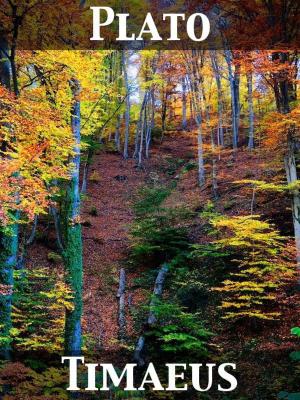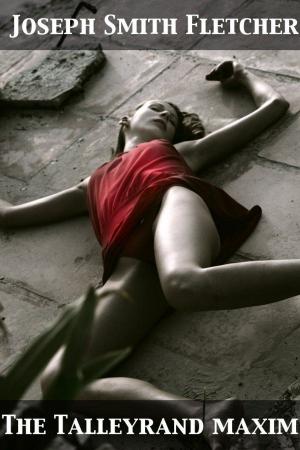| Author: | Alexandre Dumas père | ISBN: | 9782819942900 |
| Publisher: | Release Date: November 27, 2011 | Publication: | November 27, 2011 |
| Imprint: | pubOne.info | Language: | English |
| Author: | Alexandre Dumas père |
| ISBN: | 9782819942900 |
| Publisher: | Release Date: November 27, 2011 |
| Publication: | November 27, 2011 |
| Imprint: | pubOne.info |
| Language: | English |
Should you ever go to Rome and visit the villa Pamphili, no doubt, after having sought under its tall pines and along its canals the shade and freshness so rare in the capital of the Christian world, you will descend towards the Janiculum Hill by a charming road, in the middle of which you will find the Pauline fountain. Having passed this monument, and having lingered a moment on the terrace of the church of St. Peter Montorio, which commands the whole of Rome, you will visit the cloister of Bramante, in the middle of which, sunk a few feet below the level, is built, on the identical place where St. Peter was crucified, a little temple, half Greek, half Christian; you will thence ascend by a side door into the church itself. There, the attentive cicerone will show you, in the first chapel to the right, the Christ Scourged, by Sebastian del Piombo, and in the third chapel to the left, an Entombment by Fiammingo; having examined these two masterpieces at leisure, he will take you to each end of the transverse cross, and will show you— on one side a picture by Salviati, on slate, and on the other a work by Vasari; then, pointing out in melancholy tones a copy of Guido's Martyrdom of St
Should you ever go to Rome and visit the villa Pamphili, no doubt, after having sought under its tall pines and along its canals the shade and freshness so rare in the capital of the Christian world, you will descend towards the Janiculum Hill by a charming road, in the middle of which you will find the Pauline fountain. Having passed this monument, and having lingered a moment on the terrace of the church of St. Peter Montorio, which commands the whole of Rome, you will visit the cloister of Bramante, in the middle of which, sunk a few feet below the level, is built, on the identical place where St. Peter was crucified, a little temple, half Greek, half Christian; you will thence ascend by a side door into the church itself. There, the attentive cicerone will show you, in the first chapel to the right, the Christ Scourged, by Sebastian del Piombo, and in the third chapel to the left, an Entombment by Fiammingo; having examined these two masterpieces at leisure, he will take you to each end of the transverse cross, and will show you— on one side a picture by Salviati, on slate, and on the other a work by Vasari; then, pointing out in melancholy tones a copy of Guido's Martyrdom of St















